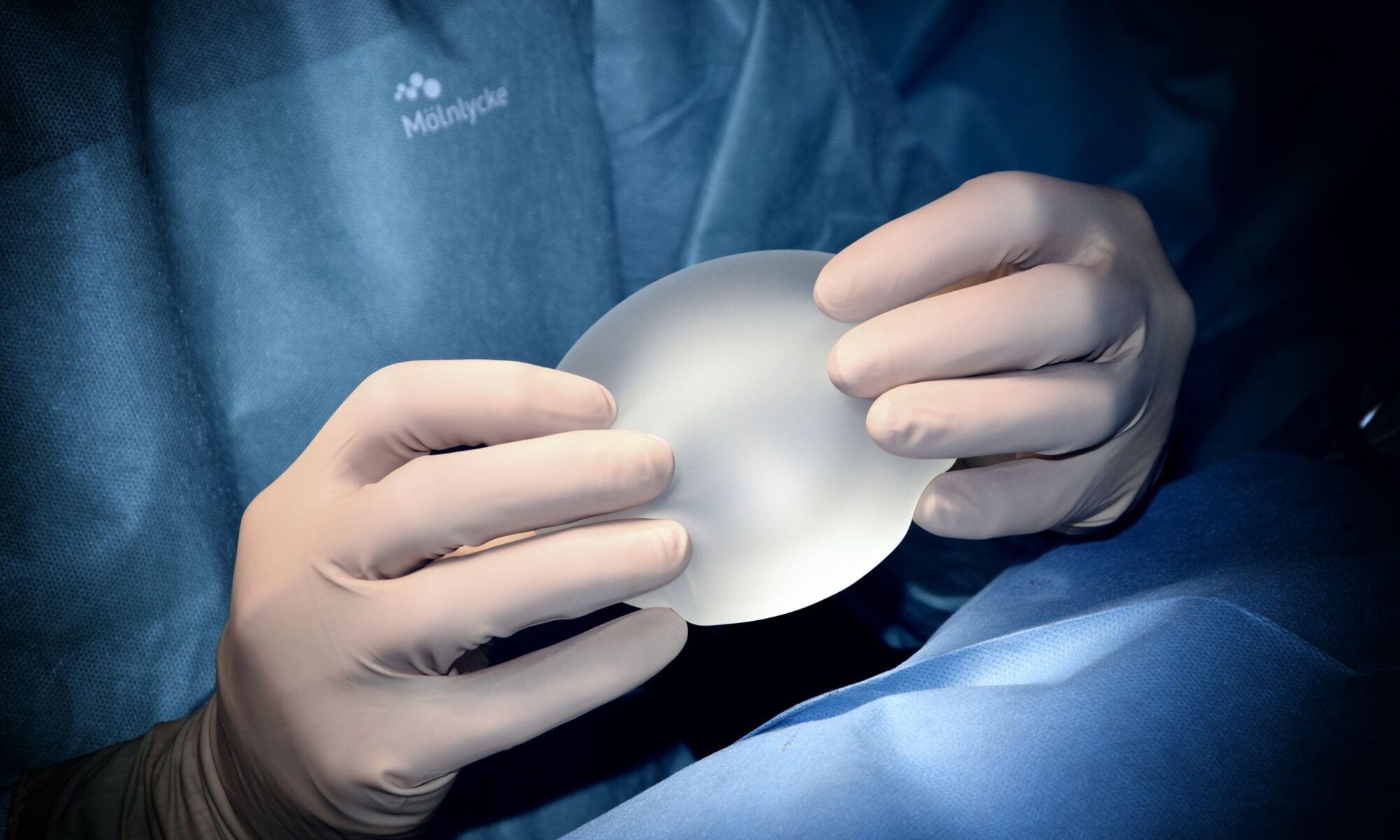Exploring the Open Road: Your Guide to motorhomes for rent near you
The Pursuit of Adventure on Wheels
The allure of the open road, the freedom to explore at your own pace, and the comforts of home on the move – these are just a few reasons why renting a motorhome has become a popular choice for travelers. Whether you’re planning a family vacation, a solo adventure, or a getaway with friends, finding motorhomes for rent near you can open the door to limitless exploration and unforgettable memories.
Choosing the Right Motorhome for Your Journey
When it comes to selecting a motorhome for your road trip, there are several factors to consider to ensure that your rental suits your needs. Size, amenities, fuel efficiency, and cost are all critical components to weigh before making your decision.
First, consider the size of the motorhome you’ll need. Ranging from compact camper vans to luxurious Class A motorcoaches, there’s a vehicle to suit groups and budgets of all sizes. For those traveling with family or friends, a larger Class C motorhome may provide the perfect balance of space and maneuverability. On the other hand, couples or solo travelers might find that a smaller Class B camper van offers the right combination of comfort and convenience.
Next, think about the amenities you require. Do you need a fully-equipped kitchen, a comfortable sleeping area, or a full bathroom with a shower? Modern motorhomes can come with a range of features to make your trip as relaxed or as lavish as you wish. Wi-Fi, satellite TV, and air conditioning are no longer rarities but standard offerings in many rental motorhomes.
Fuel efficiency is another crucial aspect, particularly for long road trips. Newer models tend to be more fuel-efficient, but always check with the rental company about the expected mileage to help plan your budget accordingly.
Lastly, consider the cost of the rental. Prices can vary widely depending on the season, the size of the motorhome, and the duration of your rental. Look for transparent pricing with no hidden fees and make sure you understand the insurance and damage waiver options.
Finding Motorhomes for Rent Near You
In the age of convenience, locating motorhomes for rent near you has never been easier. With a simple online search, you can find a variety of rental companies that offer a range of options. Whether you prefer a national chain with a wide selection or a local business with personalized service, there are plenty of choices available.
Before you book, check customer reviews and ratings to gauge the reliability and quality of the company’s fleet. A reputable rental service should offer well-maintained vehicles and provide thorough walkthroughs to familiarize you with the motorhome before you hit the road.
Planning Your Route and Stops
One of the joys of renting a motorhome is the flexibility it offers. You can plan every stop or leave your schedule open to spontaneity. However, a bit of planning can go a long way, especially during peak travel seasons when campsites and RV parks may be booked in advance.
Consider using RV-friendly GPS apps to map out your route, find campsites, and locate service areas that can accommodate motorhomes. Remember to book campsites that offer the right hookups for your motorhome’s power, water, and waste disposal needs.
Safety and Etiquette on the Road
As with any vehicle, safety should be your top priority when renting a motorhome. Make sure you’re comfortable with the size and handling of the vehicle, and take the time to learn about its specific features and requirements. Most rental companies will provide you with a detailed briefing on how to operate the motorhome safely.
On the road, be mindful of your vehicle’s larger size and weight. Drive at safe speeds, allow for longer stopping distances, and be considerate of other road users. Remember to follow the rules of the road and campsite etiquette, such as respecting quiet hours and leaving no trace at your site.
Maximizing Enjoyment of Your Motorhome Rental
To make the most out of your motorhome rental experience, it’s important to embrace the lifestyle. Enjoy the journey as much as the destination, and take advantage of the opportunity to visit places you might not typically stay in with traditional accommodations.
Bring along games, outdoor equipment, and anything else that can enhance your travel experience. Motorhomes offer the unique advantage of being able to carry bicycles, kayaks, or hiking gear with ease, allowing you to engage in a variety of activities wherever you stop.
Conclusion
Renting a motorhome presents a unique and exciting way to see the world. With the convenience of having motorhomes for rent near you, it’s never been easier to embark on a road trip that offers the comfort of home along with the thrill of exploration. By choosing the right vehicle, planning your journey, and embracing the RV lifestyle, you’re on your way to creating unforgettable experiences on the open road. Remember to research, prepare, and travel safely as you set out on your next adventure.










